Posted on 11/8/2017
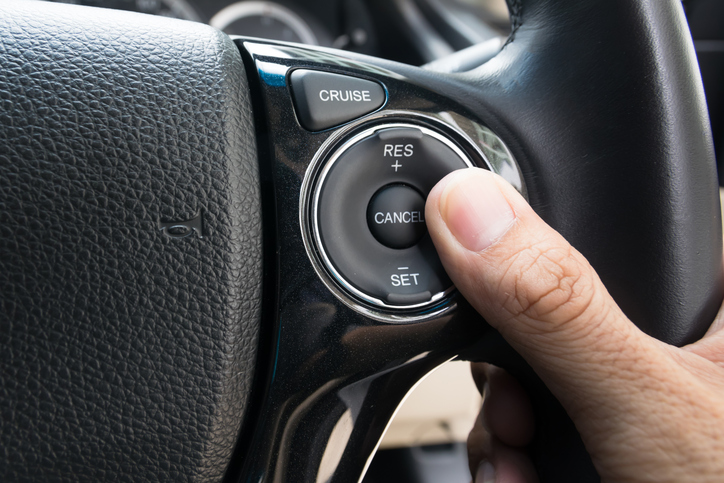
Some drivers will go their whole life without using the cruise control function on their vehicle, whether it's because they prefer not to use it, don't find it safe, or don't know how to use it. To keep you informed, All Tech Automotive found this article to give you some insight on cruise control. Cruise control is a feature that now comes standard on many models of cars. Many drivers prefer to drive a vehicle that has cruise control installed because of its convenience. If you are a commuter, cruise control will allow you to drive at a constant speed. Cruise control is an electronic device that allows a vehicle's driver to lock the accelerator on a specific speed and take the foot off of the pedal. Cruise control is designed to be used on roadways without frequent stops, turns, or required driving maneuvers. An interstate highway is an ideal location to use your vehicle's cruise control feature. Here's how to apply cruise control: 7-Step Guide to Cruise Contr ... read more
Posted on 10/24/2017
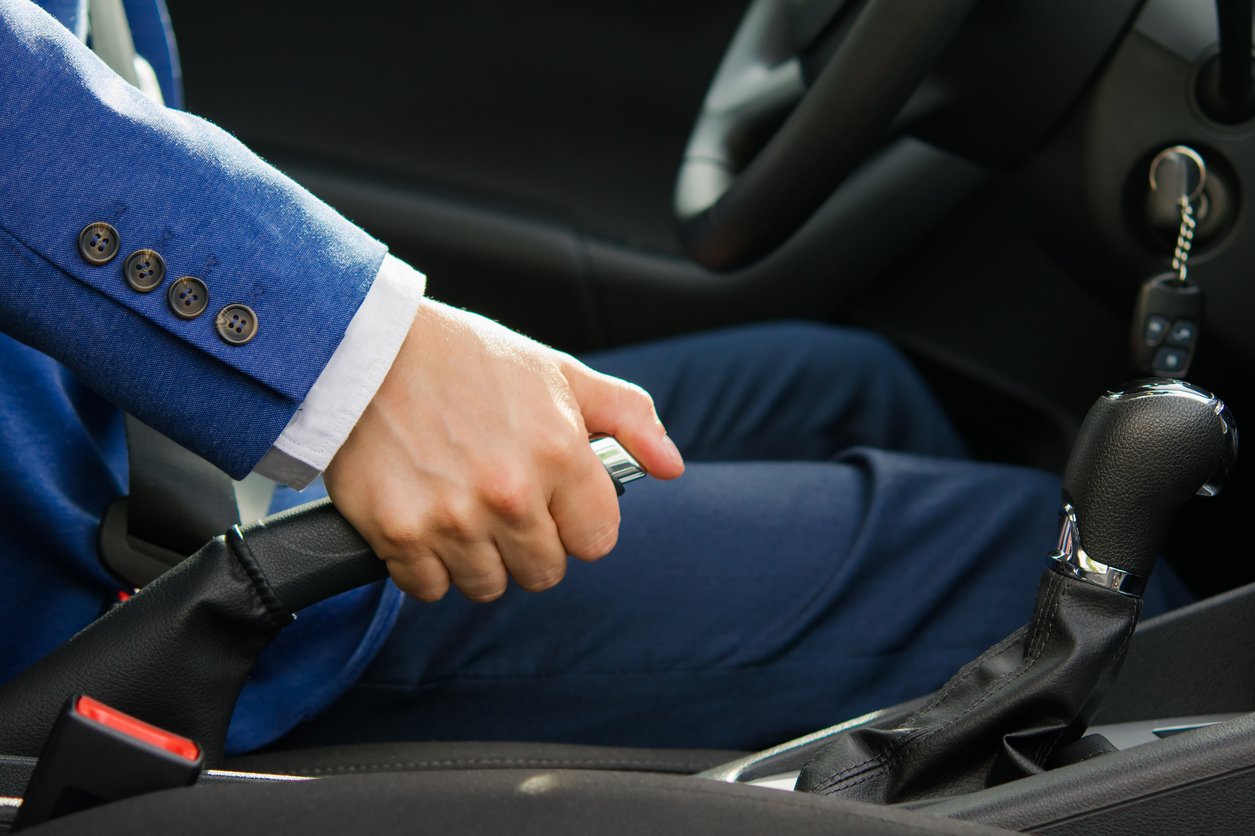
At All Tech Automotive, we believe you should thoroughly know every part of your vehicle and how every part works. We found this article on how emergency brakes work to give you a better understanding of your brake system. How Emergency Brakes Work You're 16 years old. Your father has decided it would be a great idea to take you to the steepest hill in town and make you stop precariously at the stop sign that is halfway up the hill. You're driving a stick shift. As you stop, he reaches over and puts on the emergency brake. You notice three cars pulling up behind you. Your father snickers. You break into a cold sweat. But for a second, you feel safe. Because the emergency brake is on. But what exactly is holding you in place? Emergency brakes are a secondary braking system installed in motor vehicles. Also known as e-brakes, hand brakes and parking brakes, emergency brakes are not powered by hydraulics and are independent of the service brakes used to slow and stop vehic ... read more
Posted on 10/17/2017

It might not always be a fun conversation, but setting clear rules for younger drivers is a safety basic. 1) Set Basic Rules of the Road Teens whose parents set rules of the road and enforce them are more likely to be safer while behind the wheel than their peers without that parental support and communication. In fact, having family driving rules has been shown to reduce teen crashes by as much as 50 percent (and to reduce the odds your teen will drink and drive by as much as 71 percent) [source: GHSA]. Be clear about what your rules and expectations are, such as curfew and number of passengers allowed (if any). Also understand and follow your state's licensing requirements; for instance, all 50 states have some type of graduated driver licensing (GDL) program, which slowly introduces risky on-the-road situations such as nighttime driving to novice drivers over a set period of time. It's a program that works (it's reduced the number of crashes at the hands of young ... read more
Posted on 10/17/2017
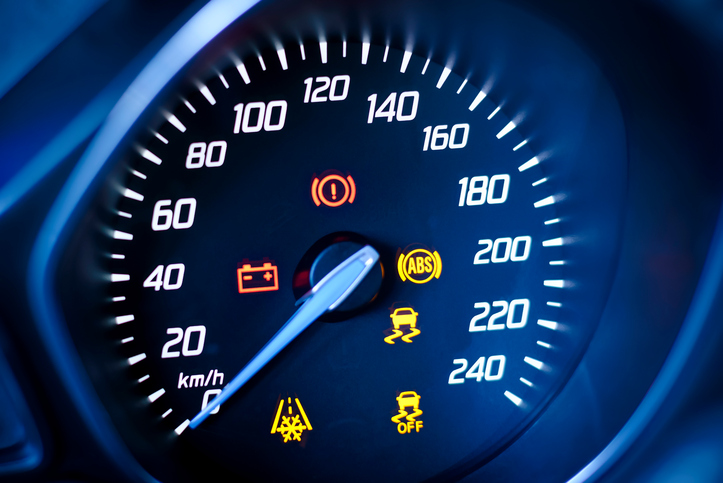
Your brake warning lights are on... now what? Most cars have one or two brake warning lights on the dashboard. When you first start your car, all of the lights on the dashboard should light up. This is the bulb check; they should go out in a few seconds. If a light doesn't go out, then your car is alerting you of a problem. If a light does not light during the bulb check, it tells you that you need to replace the bulb. Your car illuminates the BRAKE light to indicate one of two things: that your emergency brake is on. Release it to solve the problem. that you have lost brake pressure in half of the brake system (see How a Combination Valve Works for details). Brake Fluid and Pressure Problems If releasing the emergency brake doesn't make the light go off, you should slowly and calmly pull over and stop. If the brake system has completely failed, you will have to use the emergency brake for braking. If the light stays on, it means that the pressure on one side of the br ... read more
Posted on 10/11/2017
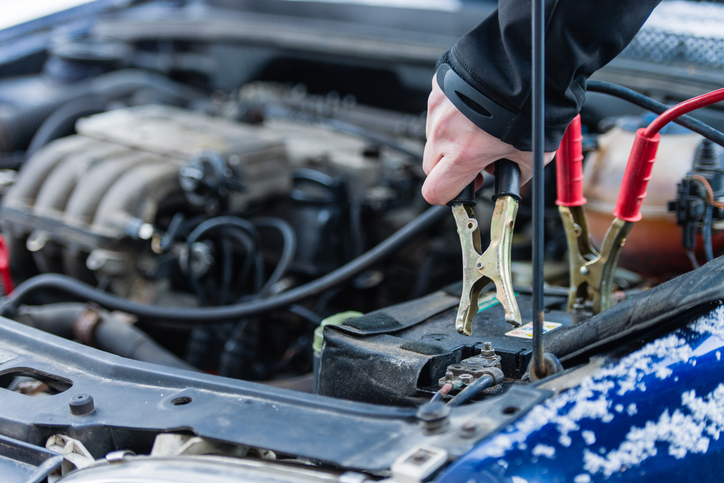
Owning a working set of jumper cables -- and knowing how to use them -- is a must for drivers. Since using jumper cables incorrectly can be dangerous, follow every step precisely. Most jumper cables have an instruction card or label so you can make sure you're connecting them the right way. Find a car to serve as the boosting car. Park the two cars -- the dead car and the boosting car -- close to one another, making sure that they're not touching each other. Make sure both cars' engines are turned off, and both cars are in park. Clamp the red jumper cable (i.e. the positive cable) to the dead car's positive battery terminal, which is marked with a "+." Make sure that the clamp is firmly connected to the battery. Clamp the other end of the red jumper cable to the booster car's positive battery terminal, also marked with a "+." Make sure that the clamp is firmly connected to the battery. Clamp the black jumper cable (i.e. the negative c ... read more
Posted on 10/11/2017
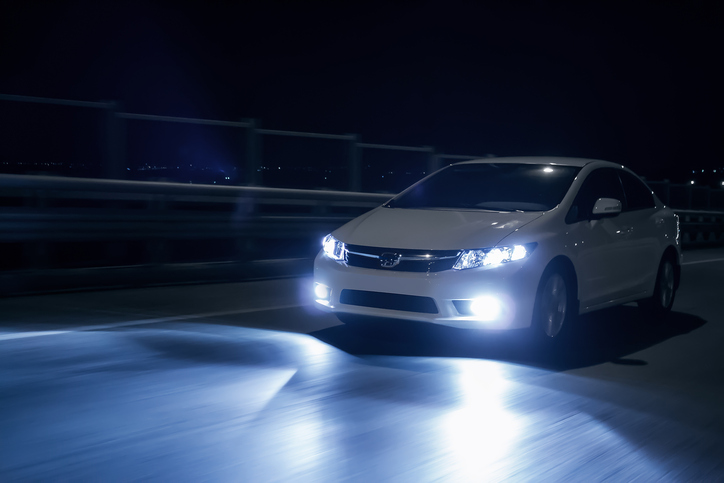
Would you ever willfully perform an unnatural act? That's what you're doing when you drive at night. People are diurnal, versus nocturnal, and we weren't meant to be traipsing around in the darkness, at the same time the wild things are. Even though we humans are at the top of the food chain today (usually), our bodies have failed to keep up with the radical changes we've made in our lifestyles. Nearly 90-percent of your reaction ability while driving relies on sight, yet the ability to see goes down dramatically at night. Your depth perception, color recognition and peripheral vision all take a nosedive when the sun goes down [source: Risk Control Services]. Also, we're naturally less alert at night. As a result, nighttime driving is one of the most dangerous activities you can do, statistically speaking. Of all fatal car accidents, 49-percent occur at night, despite there being fewer drivers on the road. In fact, night driving has a fatality rate per mile ... read more
Posted on 10/11/2017

Teenagers should take these steps to drive away with a great deal Teens might love the freedom a first car can bring, but it also brings a lot of responsibility. They need to be ready for significant expenses even after figuring out how to pay for the car. There's fuel, maintenance, repairs, insurance, taxes and more. Here are some strategies for getting behind the wheel as painlessly as possible. And because an important element of driving includes sharing the road responsibly, you should read our guide to teen driving safety. What Can You Afford? It’s critical for teens and their parents to establish a reasonable budget. Money available for a down payment and for making monthly installments on a loan will determine the range of car choices. One key consideration is whether the car is meant to see a teen through high school or college and beyond. That will determine how new and reliable it needs to be. The best way to save money is to buy used. A new car loses alm ... read more
Posted on 9/28/2017
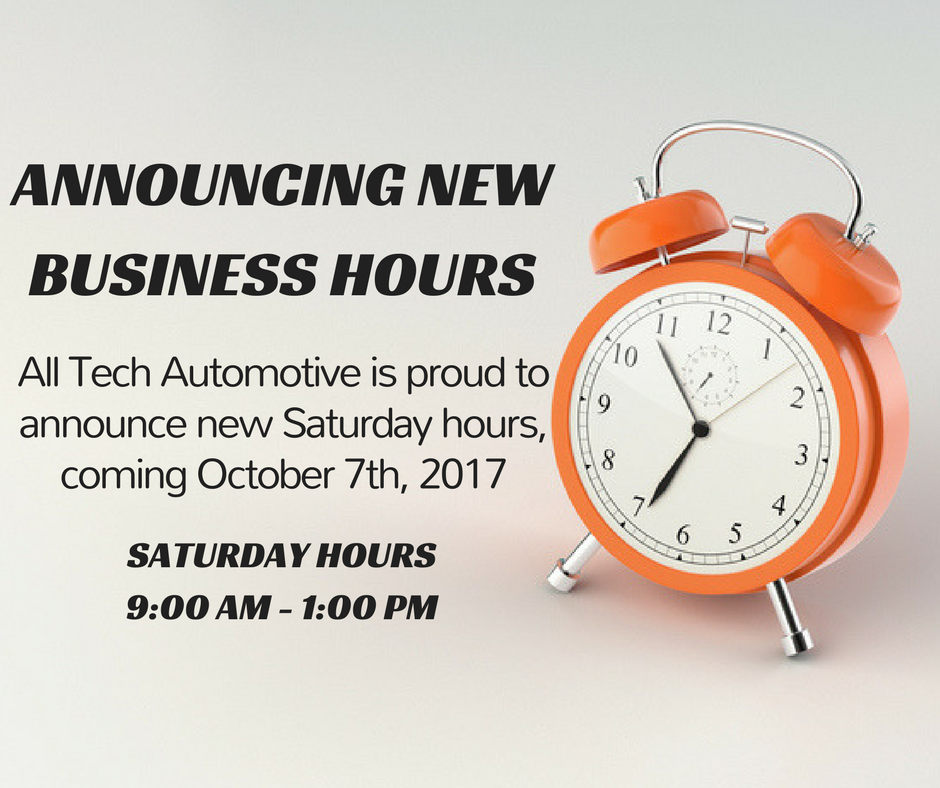
New Saturday Hours Coming Soon Starting October 7th, 2017, All Tech Automotive is pleased to announce that we will be open on Saturdays, ready to assist you and your vehicle needs. Saturday Hours: 9:00 am - 1:00 pm Call us today at (518) 885 - 0880 to schedule your appointment. We look forward to seeing our customers soon
Posted on 8/15/2017
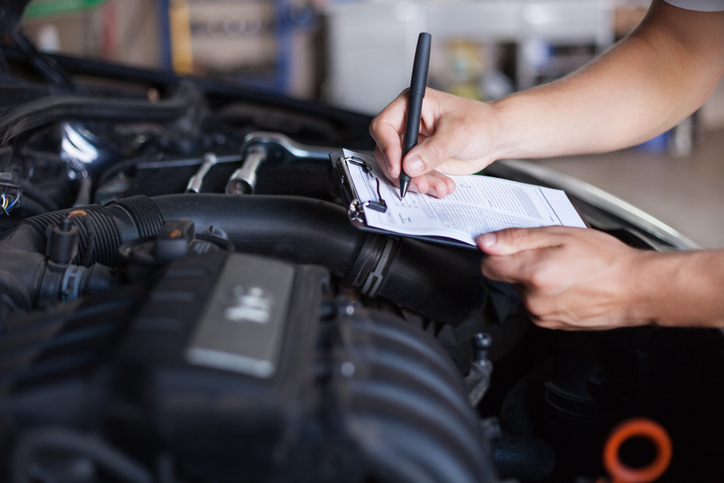
Based on the NY DMV Guidelines, here are the New York State Vehicle Safety/Emissions Inspection standards for a vehicle to pass. For Cars and Light Trucks The New York State vehicle safety inspection program helps make sure every vehicle registered in this state meets the minimum standards for safe operation on public streets and highways. In addition, most vehicles are subject to an emissions inspection to help reduce air pollution. A properly maintained vehicle is safer, performs better, uses fuel more efficiently and saves the owner money. You can help by doing your own equipment safety checks between annual inspections, and by following a program of regular vehicle maintenance as recommended by the manufacturer. This publication highlights the safety and emissions inspection requirements for cars and light trucks. Other motor vehicles, including motorcycles and trailers, must meet different requirements for annual inspection. NEW YORK STATE VEHICLE INSPECTION REQUIREMENTS: Mot ... read more